From December 2015 to March 2016, I was able to cruise around the world for free by working as a volunteer teacher onboard Peace Boat’s 90th voyage on its cruise liner, the Ocean Dream.
We circumnavigated the Southern Hemisphere, traveling to 17 countries throughout Asia, Africa, South America, and Oceania.

To say that the 105-day experience cruising around the world was life-changing sounds dramatic, but it’s absolutely true.
Not only did I learn so much about teaching and issues facing so many countries I knew little to nothing about, but volunteering on Peace Boat gave me the resume boost I needed to stand out for future job positions.
Peace Boat was the bridge between my time in Japan and my future milestones at sea and onward.
Because of Peace Boat, I was able to travel to all seven continents, sail through all seven seas, and even work and live in Antarctica.
Disclosure: This post contains affiliate links. I only recommend products I’ve used or a similar version. If you make a purchase through one of these links, as an Amazon Associate I may earn a small commission at no additional cost to you.
What is Peace Boat?
Peace Boat is an NGO based in Japan that works to promote peace, human rights, and sustainability in accordance with the UN Sustainable Development Goals (SDGs).
Through its global voyages, Peace Boat provides participants with unique educational programs in ports of call as well as onboard to learn about social issues and to encourage awareness, understanding, and engagement.
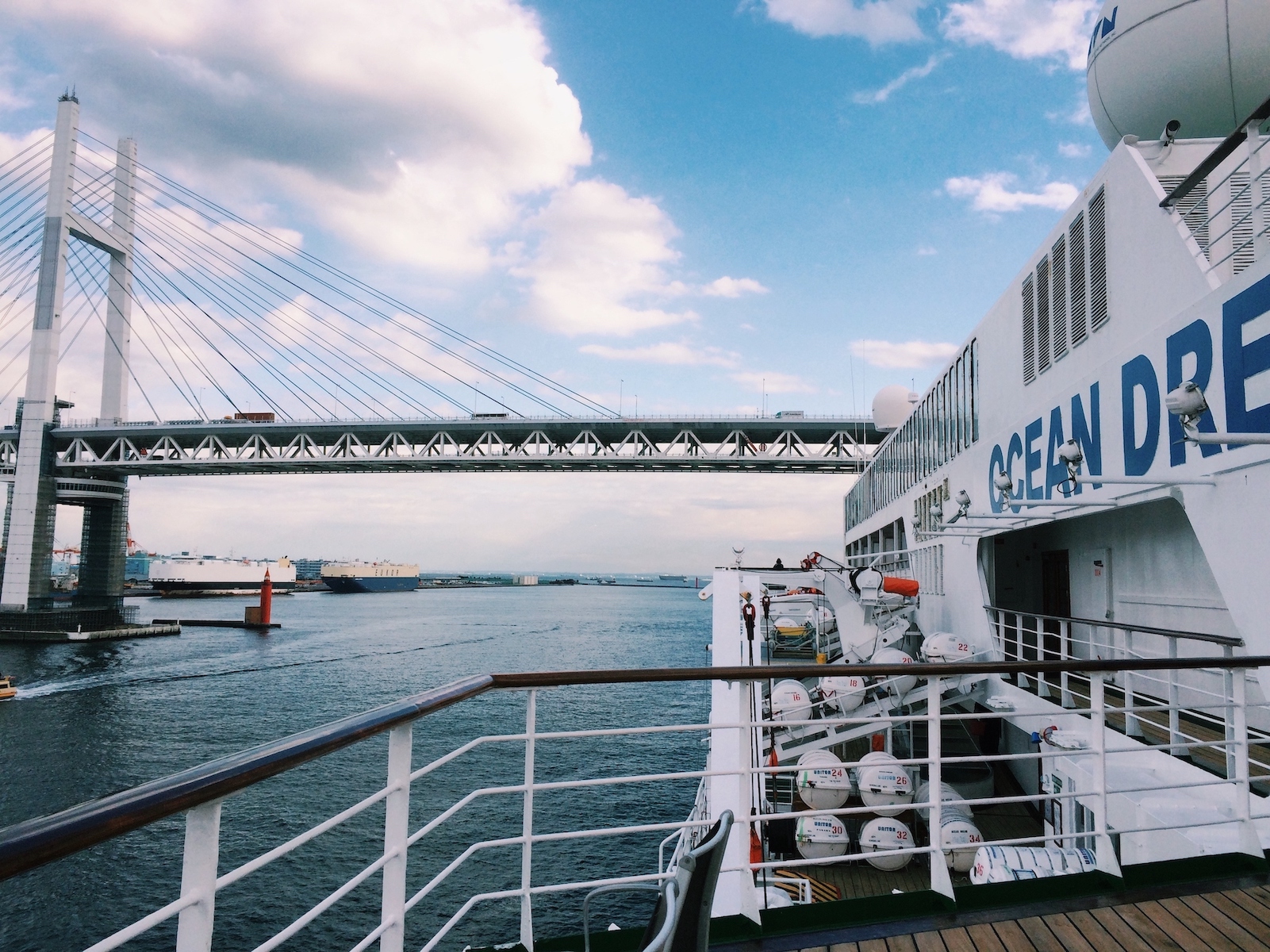
In addition to the global voyages, Peace Boat has a number of projects and campaigns working toward its goals of promoting peace, human rights, and sustainability.
Here’s a short list of some of their projects:
- Ecoship
- International Campaign to Abolish Nuclear Weapons (ICAN)
- The Ocean and Climate Youth Ambassadors Programme
- Peace Boat Disaster Relief (PBV)
Where Does Peace Boat Sail?
Peace Boat’s sailings include both global and regional voyages.
Global voyage routes either take place in the Southern Hemisphere or in the Northern Hemisphere with crossings through the Panama and Suez Canals.
Regional voyages take place in Asia and Oceania.
Ports of call vary slightly each voyage even if the general route is the same.
The 90th global voyage that I was on sailed through the Southern Hemisphere, calling in the following ports:
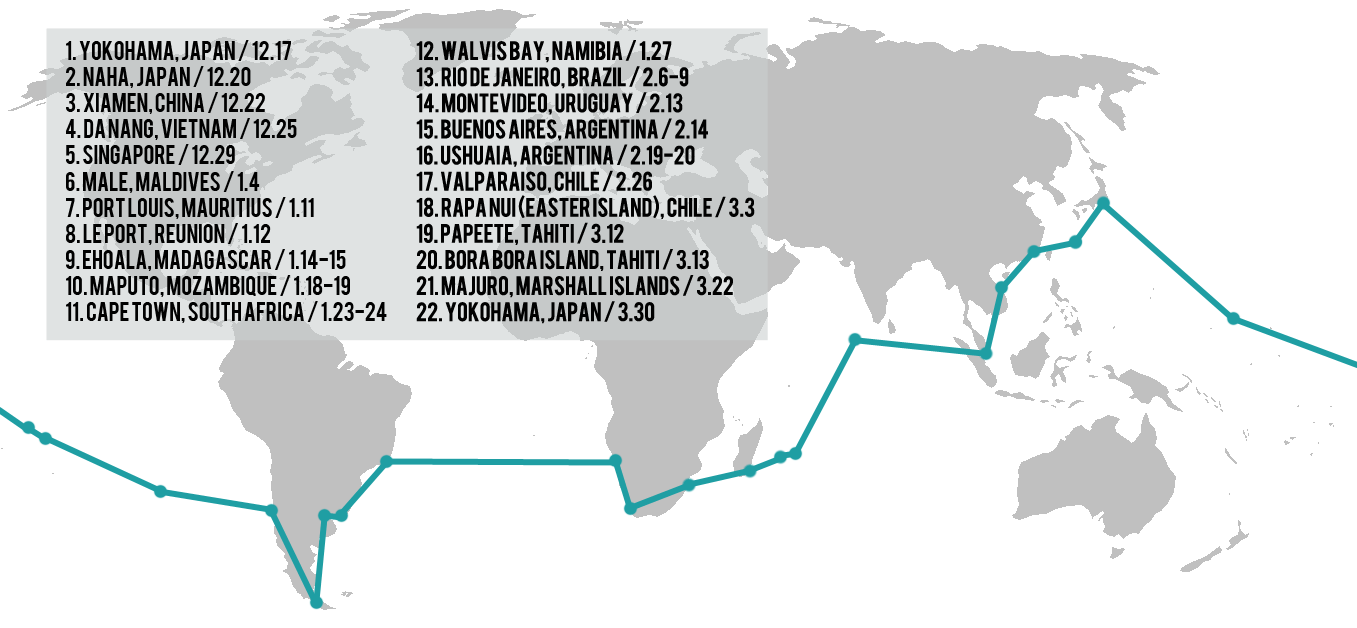
| Yokohama, Japan | Cape Town, South Africa |
| Naha, Japan | Walvis Bay, Namibia |
| Xiamen, China | Rio de Janeiro, Brazil |
| Da Nang, Vietnam | Montevideo, Uruguay |
| Singapore | Buenos Aires, Argentina |
| Male, Maldives | Valparaiso, Chile |
| Port Louis, Mauritius | Rapa Nui (Easter Island), Chile |
| Le Port, Reunion | Papeete, Tahiti |
| Ehoala, Madagascar | Bora Bora Island, Tahiti |
| Maputo, Mozambique | Majuro, Marshall Islands |
What are the Positions Available?
While Peace Boat has a handful of paid employees, voyage entertainment and classes are provided by volunteers who are able to sail for free in exchange for their time and services.
All positions require volunteers to be able to obtain the necessary visas, be available for the full duration of the voyage in addition to all pre-voyage trainings and orientation, and capable of working long days with nontraditional hours over extended periods at sea.
There are two main types of volunteer positions available.
Global English/Español (GET) Teacher
Onboard, the GET program offers cruise participants of all English or Spanish language levels the chance to learn and improve their oral communication with the goal of being able to use some of the skills in immediate real-life situations such as ports of call.
GET language teachers come from all over the world and put together customized lessons and classes from scratch once onboard that cultivate intercultural relationships.
Teachers are responsible for one-on-one private lessons, small group lessons, large open classes, in-port challenge programs, self-organized events, and ship-wide events or workshops.
Teacher Requirements
- Have 18 months of full-time experience teaching English or Spanish as a second language
- Be a highly advanced speaker of English and/or Spanish
- Be able to design customized curricula, create original lesson plans, and host ship-wide events
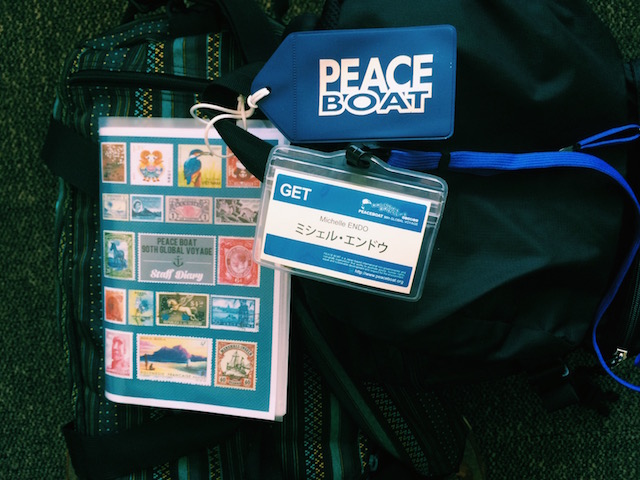
Interpreter
While a typical commercial cruise’s main form of entertainment might be the broadway shows or theatrical performances, life onboard Peace Boat is more educational.
Every day is full of lectures and informational sessions hosted by a variety of guest educators from around the world.
Interpreters are responsible for simultaneously and consecutively interpreting these lectures and meetings for the educators and participants who speak other languages.
In addition to providing communication support between different language speakers and onboard language events, interpreters also assist with tours in ports of call.
Similar to GET teachers, interpreters are also responsible for holding self-organized events or classes.
Interpreter Requirements
- Be fluent in two or more of the needed interpreting languages for the specific voyage
- At least 20 years old
- Have a strong interest in topics Peace Boat focuses on, including:
- Regional conflicts
- Human rights
- Racism and discrimination
- Diversity
- Social and environmental issues
- Sustainability
- Nuclear/energy concerns
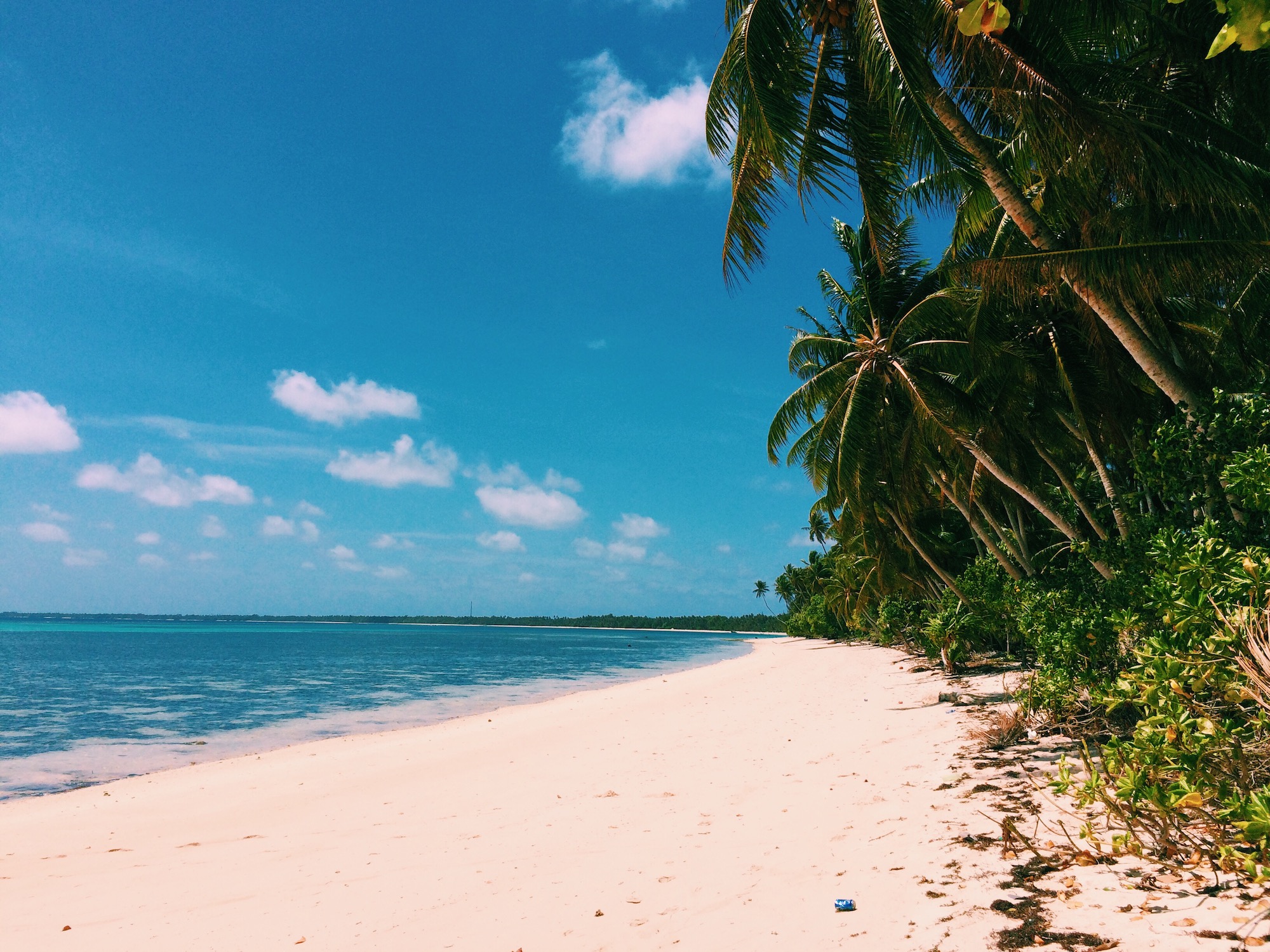
What Does a Typical Day Onboard Look Like?
Just like a regular cruise, days at sea are filled with activities and events.
Participants can choose from a number of lectures, culture and language classes, entertainment events, and ship-wide festivals.
As a teacher, a full day at sea might look like the following:
| 08:00 – Private lesson |
| 09:00 – Lesson plan |
| 10:00 – Attend guest lecture presentation |
| 11:20 – Host open language class |
| 12:00 – Lunch |
| 12:40 – Group lesson |
| 14:00 – Host study lounge for students |
| 15:10 – Group lesson |
| 17:00 – Nap & tan on top deck |
| 17:45 – GET team meeting |
| 18:30 – Nationality panel discussion: “What’s Normal?” |
| 19:30 – Dinner |
| 20:00 – All English/Spanish Day preparation |
| 21:30 – Self-organized event: Hula-Hoop Disco |
Benefits of Volunteering with Peace Boat
It’s a free round-the-world voyage
Peace Boat world cruises run around USD 12,000 and not only are you getting the chance to see up to 20 different countries in multiple continents, but you are also getting an educational and immersive intercultural experience.
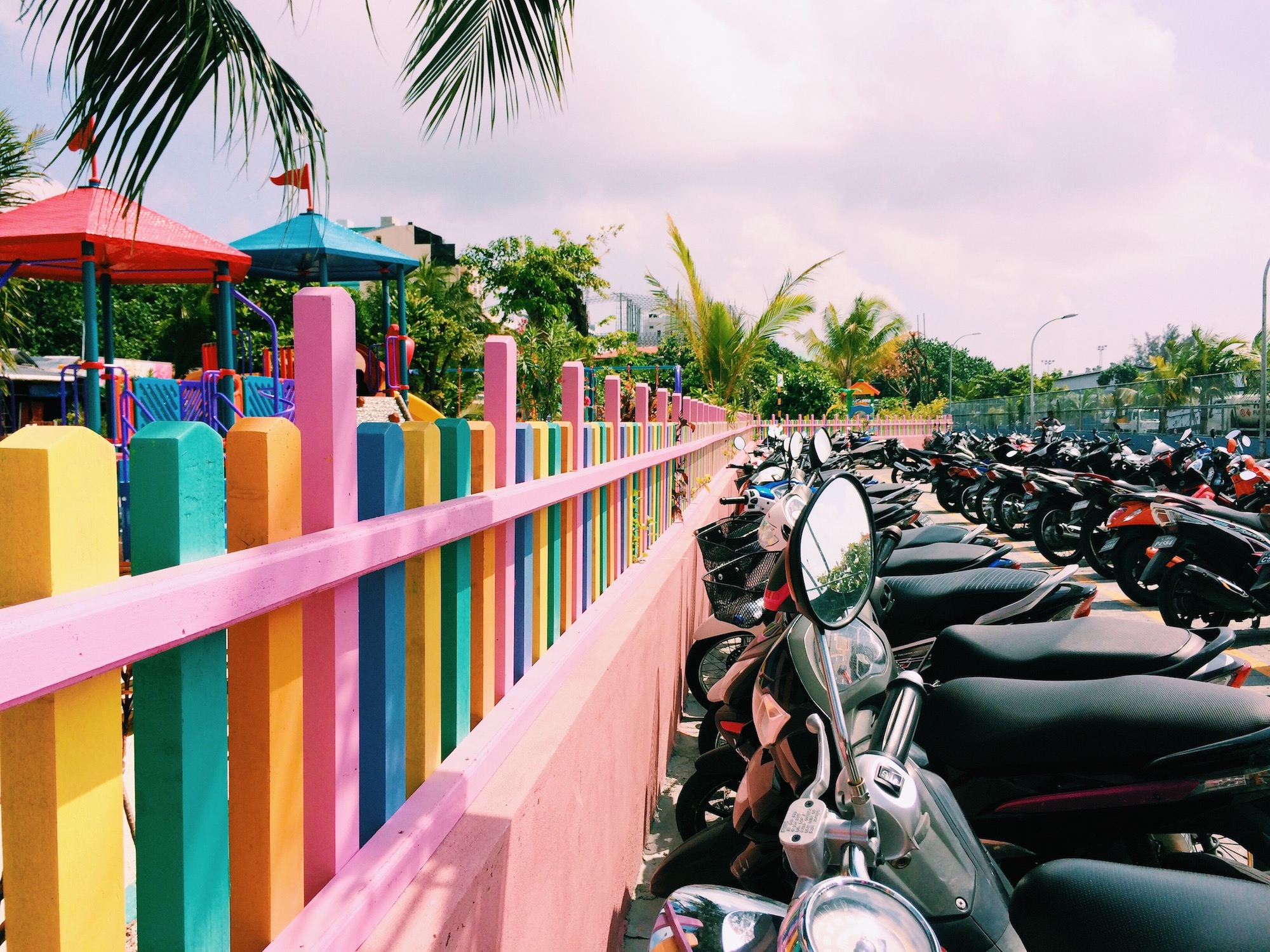
Accommodations, food, and visas are covered
For three months, I had the luxury of not having to pay rent or cook for myself.
I also received several ten-year visas for certain countries which are still valid today should I choose to return on my own.
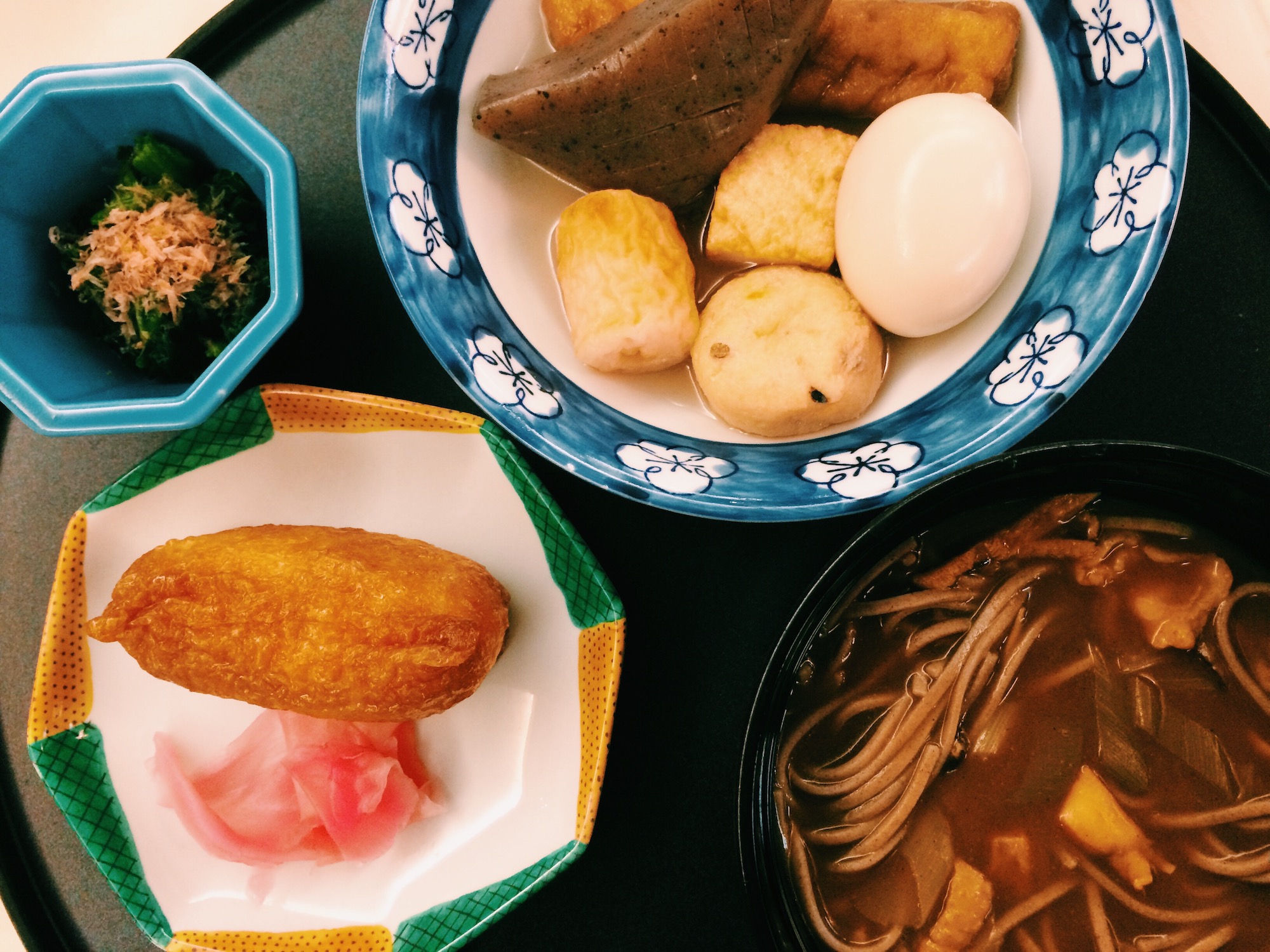
You work with the best of the best
The GET teaching positions are highly competitive, and as a result, the teachers who are eventually selected are extremely talented, creative, and effective at what they do.
I actually didn’t know teaching with Peace Boat was a goal for many ESL teachers in Japan until after I went for the in-person interview and heard from other interviewees that this was their second or third year applying.
It was clear once I met the other teachers why they were chosen.
Although I felt out of place, I learned so much from my teaching team and they definitely made me a better teacher.
It makes your resume/CV stand out
I’ve written so much about how each of my experiences led me to the next and single-handedly opened doors of opportunity for me, and Peace Boat was probably the most important.
Because of my experience in a nontraditional international work environment with isolated periods at sea, I was able to get a shipboard job with Royal Caribbean as well as a contract position with the U.S. Antarctic Program.
Related: How I Got Paid to Live in Antarctica: FAQ About Working on the Ice
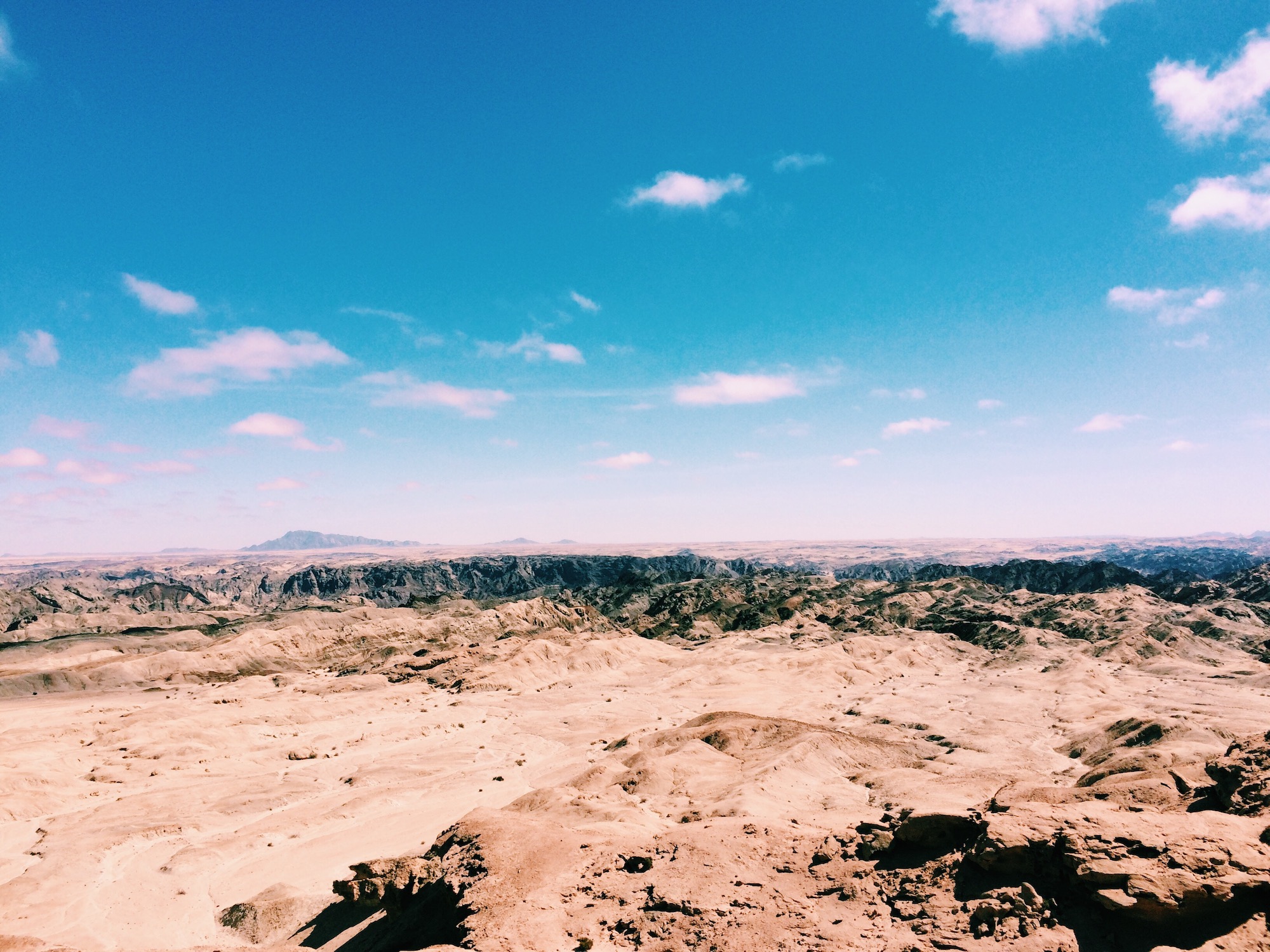
You have the opportunity to live in a floating, educational city
Participants who choose to sail with Peace Boat are interested in learning more about various social and environmental issues all around the world.
This results in an inclusive and unique onboard culture that inspires dialogue and encourages communication across borders.
I hadn’t been challenged mentally or academically like this since university, and it was refreshing to be in such a stimulating environment again.
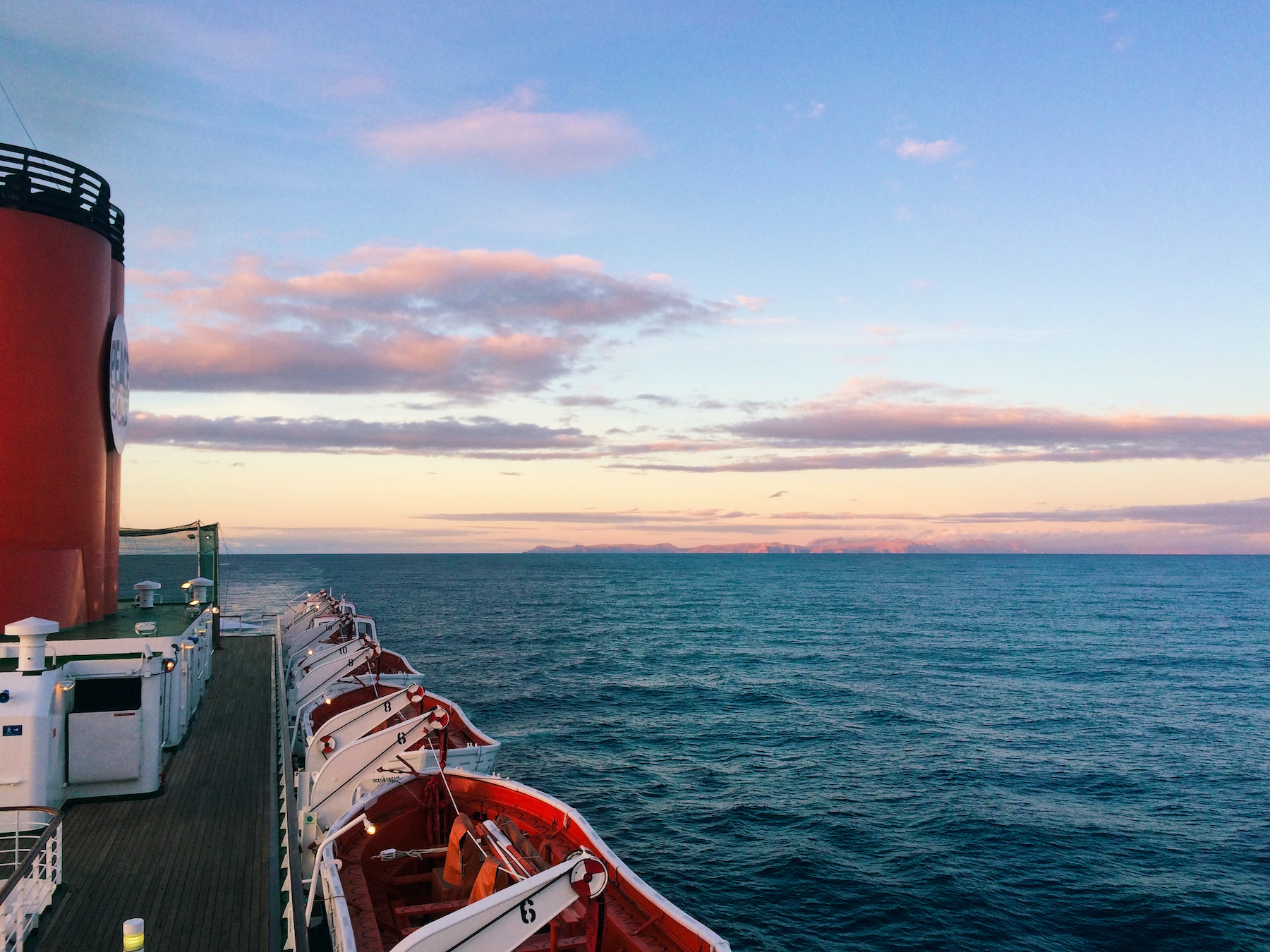
Challenges of Volunteering on Peace Boat
It’s unpaid
While I think the compensation and exchange of getting to tag along on a world voyage is fair, the reality is not everyone is able to go without a paycheck for three months, especially if you’re not already in Japan as airfare is not included.
It’s a lot of work
The Peace Boat staff definitely made sure to emphasize that this was not a vacation for us teachers so that we wouldn’t be surprised about the work required of us once onboard.
Our schedule in the beginning of the voyage especially was packed because the language program is essentially put together only once the cruise begins.
The teachers work together to create the course curriculum from scratch after meeting the students and discussing with them what they’d like to learn.
In addition to designing and teaching a variety of lessons, teachers are in charge of several ship-wide events and workshops.

Work hours vary
While a day in a port may only require a few hours of teaching responsibilities, days at sea can be full from morning to evening.
This is especially difficult during transpacific or transatlantic crossings that include over seven consecutive days at sea.
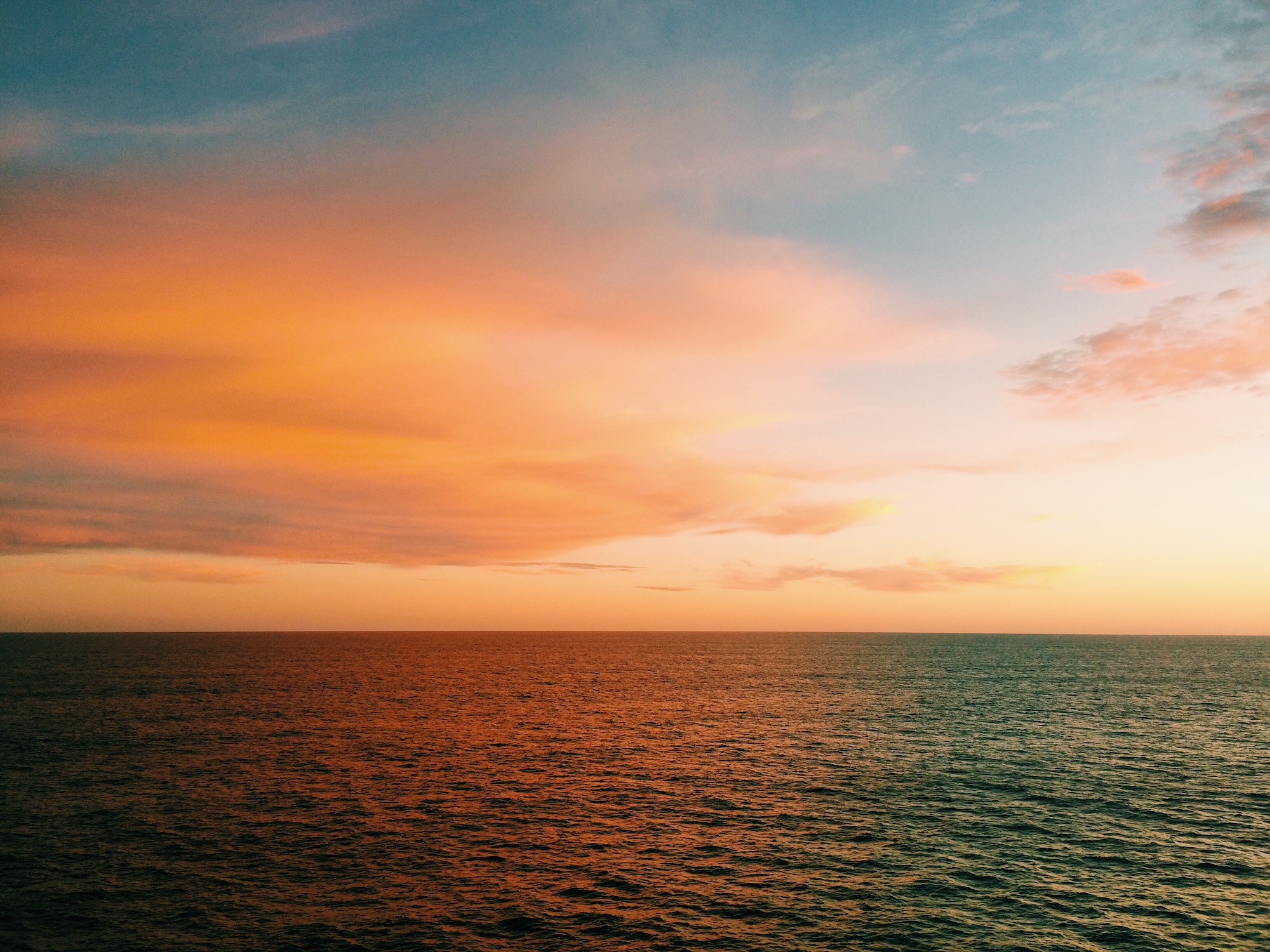
Communication can be difficult if your Japanese is limited
The majority of participating cruisers are Japanese.
It’s not impossible to make connections, but I found it challenging to socialize with many of the participants as my Japanese language skills were very limited.
The seas can be rough
Sea sickness pills are provided for, which I took full advantage of.
They do make you drowsy though, unless you take them regularly enough and build up an immunity to the side effects.
Internet is limited, slow, and costs money
Obviously when you’re at sea, free Wi-Fi and regular internet cannot be expected.
When I sailed, 100 minute internet cards were around USD 20.
In general though, life onboard was so busy that I didn’t really need (or have time) to be online that often and I just binged on internet in ports.
Effects on your health
The new and odd prolonged environment at sea can affect people differently, from skin issues to weight gain.
This may be TMI, but for me, it absolutely wrecked my hormones and I ended up having my period nearly every other week for the entire 105-day voyage.
It was awful.
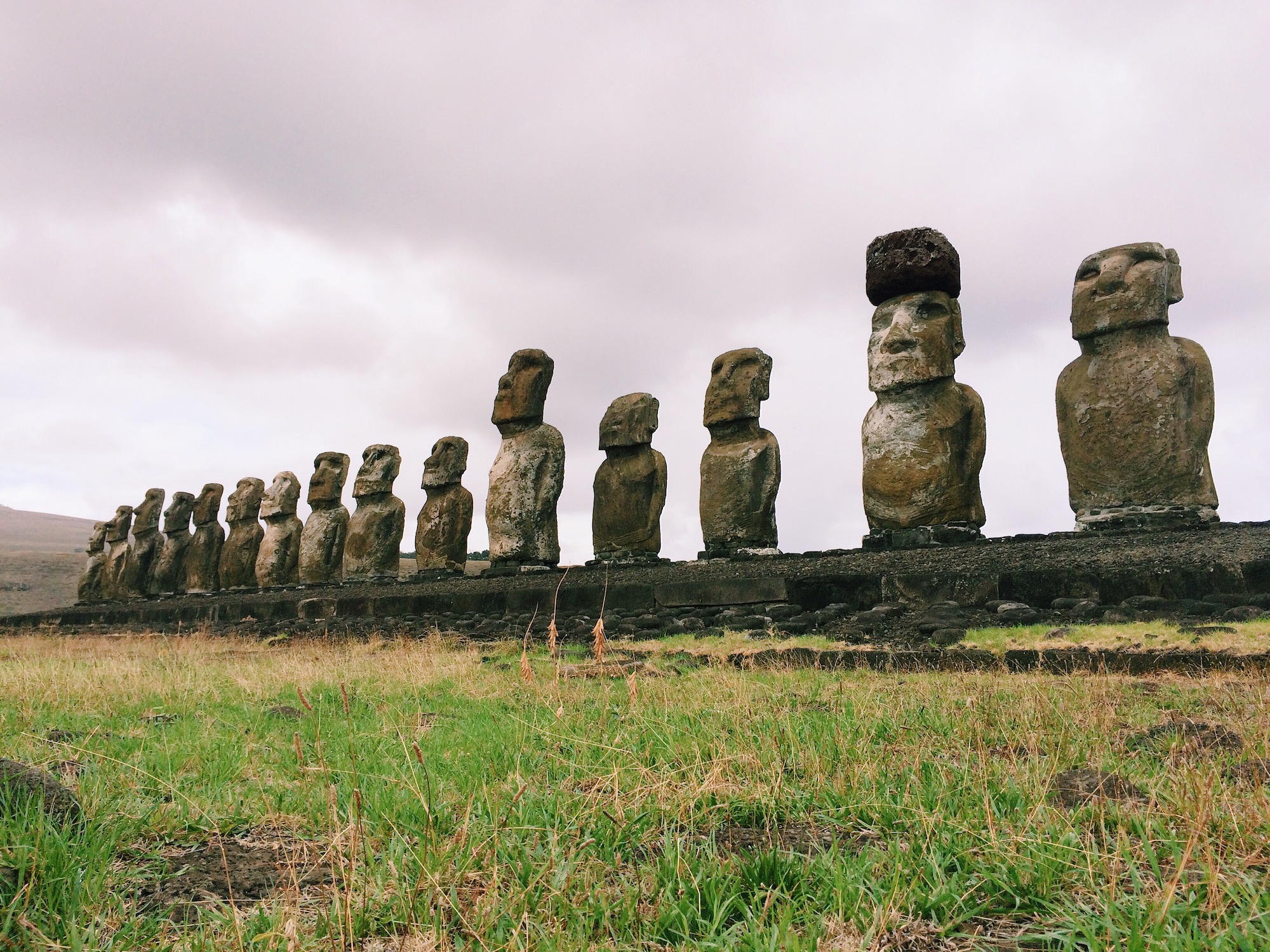
Story time.
I quickly ran out of tampons and spent way more than I’d planned on period products in countries where menstruating was ridiculously expensive to deal with.
I will say though that this opened my eyes to why simply having a period is such a barrier to girls’ education in underdeveloped countries and how privileged having access to affordable menstrual products is.
Like I said, you learn a lot while sailing around the world.
After Peace Boat and prior to moving on ships full time, my doctor put me on birth control to manage the horrific frequency of my periods, and I invested in a reusable period cup, which was one of the best choices I’ve ever made.
10/10 recommend for any uterus owners.
Is Peace Boat Worth It?
As a volunteer, absolutely.
For paying participants, I will say that based solely from a financial standpoint, you’ll be hard-pressed to find a cheaper world cruise than Peace Boat.
The average cost of paying for a world voyage with Peace Boat clocks in at around USD 12,000, which for someone who’s been in the commercial cruise industry for three years, let me tell you that USD 12,000 is a steal for a full world cruise.
Related: What Working on Cruise Ships is Really Like: Pros & Cons
World cruises with established cruise companies can range from USD 15,000 to upwards of USD 194,000.
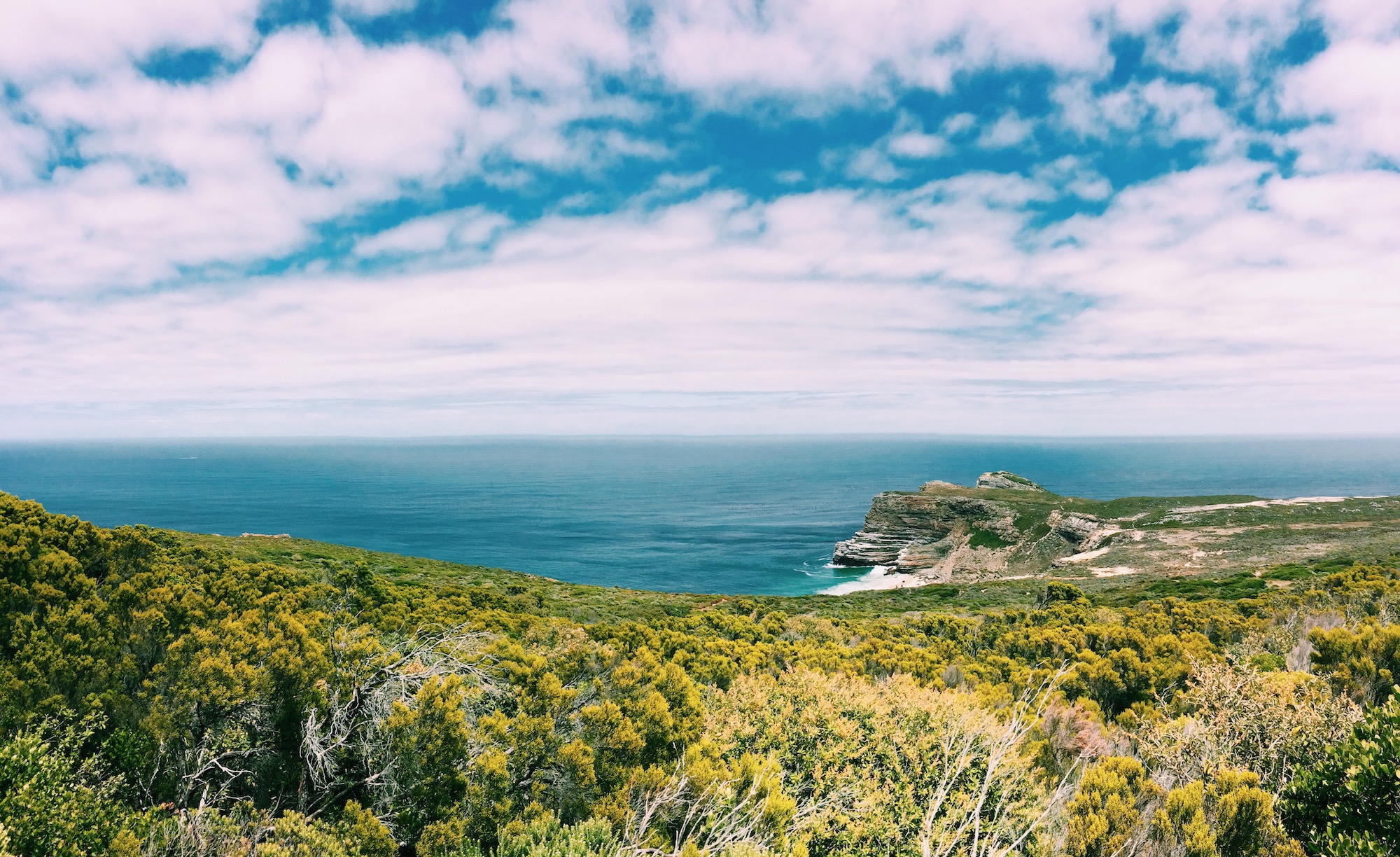
This obviously comes with caveats though.
First, it’s important to remember that Peace Boat is a non-profit focused on educational experiences, unlike the typical commercial cruises with professionally hosted activities and events and luxury amenities.
If your main goal is to see the world with the comfort and entertainment available on regular cruise lines, Peace Boat may not be the best world cruise for you.
But if you want to learn more about the world, different cultures, sustainability, and human rights in countries and ports that are not always the prettiest to see but have so much to offer, then Peace Boat will not disappoint.
Pin for Future Adventures!
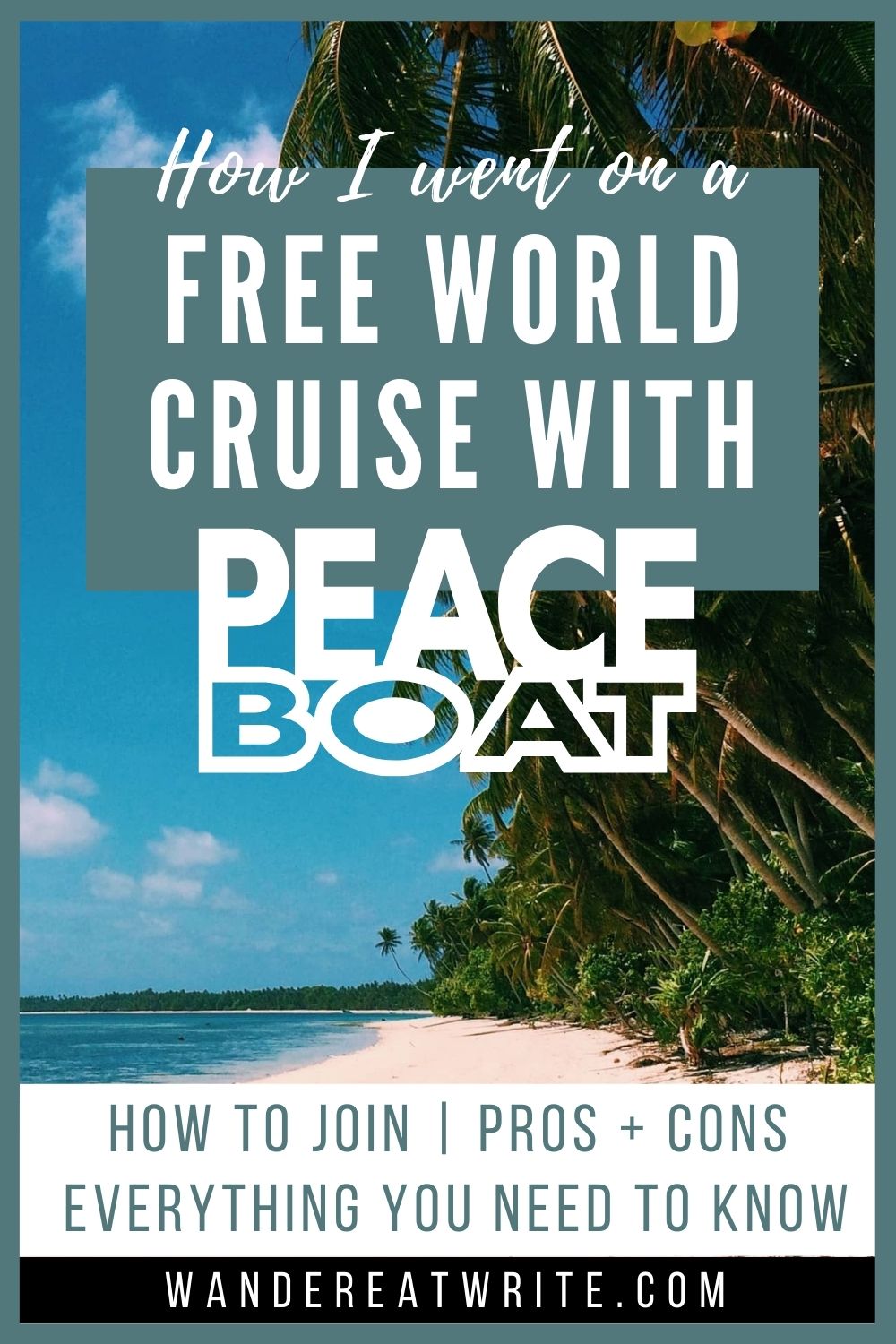

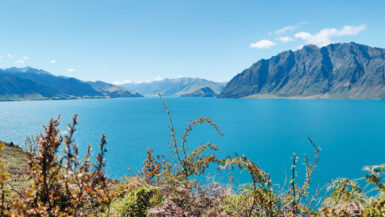
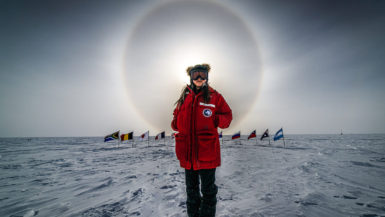

This is SO interesting! I’ve worked as a performer on cruise ships for the last few years and I remember docking with Peace Boat once and being INTRIGUED simply because of the name!
I googled the company at the time but it’s brilliant to get an insider’s experience!
That’s so cool that you docked together! I remember working on a Royal Caribbean ship a few years after working on Peace Boat and docking together in Finland and realizing how small Peace Boat’s ship is compared to the big cruise ships!
I am going to have my granddaughters read this article. There is so much to experience in this world that we don’t know about. The writing is beautiful, the story is very informative. This is something I would have enjoyed doing when I was young.